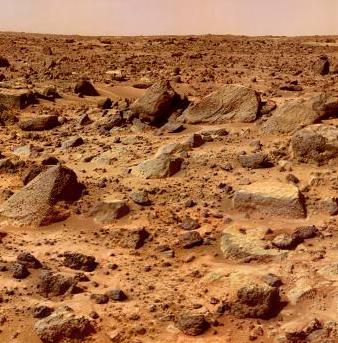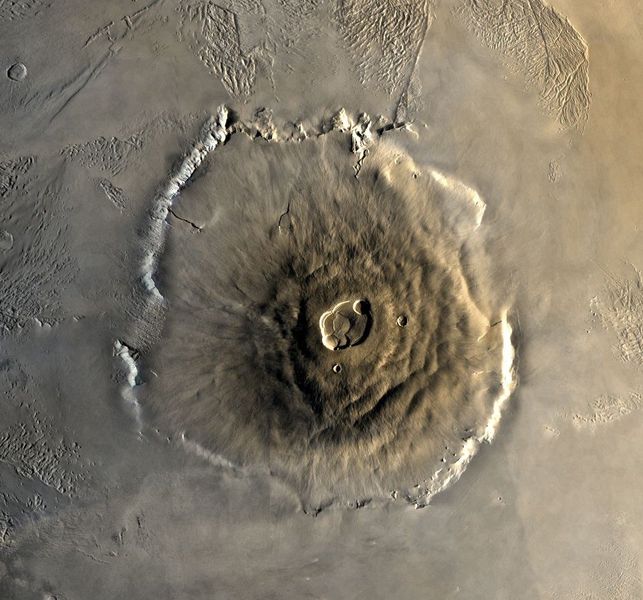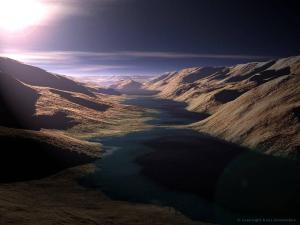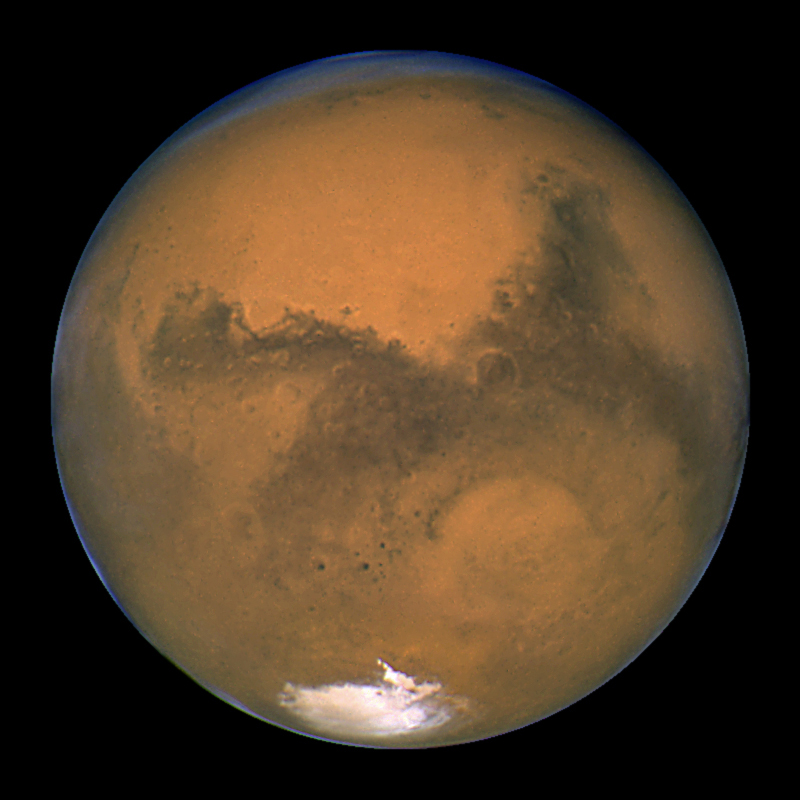Mars mass is 6.4169 x 1023 kg. That is slightly more than 10% of the Earth’s mass. Mars is a tiny world in every way when compared to Earth. In our Solar System, Mars is the second smallest planet by mass. Only Mercury is smaller. While Mars is a tiny planet, it is the most explored outside of our own. Here are a few Mars missions and some of the discoveries that each made.
Mariner 3 and 4 were meant to be sister missions to Mars. Mariner 3 failed shortly after launch, but Mariner 4 arrived in Martian orbit after an 8 month journey. It is credited with returning the first images from another planet. It was able to show large impact craters that appeared to have frost on them. The spacecraft and its equipment were crude by modern standards.
We will skip a few missions and move to the Phoenix Lander. This mission’s objective was to confirm the presence of water ice underneath the Martian surface. This water ice had been theorized for quite some time, but lacked confirmation. On June 19, 2008, NASA announced that bits of bright material in a trench dug by the lander’s robotic arm had disappeared over the course of four days. This implied that they were composed of water ice. Initially, they were thought to be water ice or carbon dioxide ice(dry ice) In the conditions on Mars dry ice would have disappeared much faster. Phoenix later confirmed the presence of water ice on Mars using a mass spectrometer. When a soil sample was heated, water vapor appeared as the sample heated to 0 degrees Celsius.
The Mars Express is one of several spacecraft currently exploring Mars. It has sent back images and data the strongly suggest that the Martian environment is much different today than it was a few billion years ago. Interpretation of the data shows that Mars was once a warm and wet world with rivers and oceans dotting its surface. No evidence of past vegetation or life has been found, but proof of liquid water in the planet’s past is intriguing enough.
Knowing Mars mass is enough to answer one question on a test or in a paper, but, to understand the planet, you will have to do quite a bit more research. You will not be alone. NASA scientists are planning at least four more missions by 2020 including a mission to return samples of the Martian soil. The goal is to understand Mars well enough to send a manned flight to the Red Planet.
Here’s a great article about how difficult it will be to land large loads on Mars.
This site lets you calculate your weight on other worlds. And here’s NASA’s fact sheet on Mars.
Finally, if you’d like to learn more about Mars in general, we have done several podcast episodes about the Red Planet at Astronomy Cast. Episode 52: Mars, and Episode 91: The Search for Water on Mars.
Sources:
NASA: Mars Facts
NASA: Mars Missions









